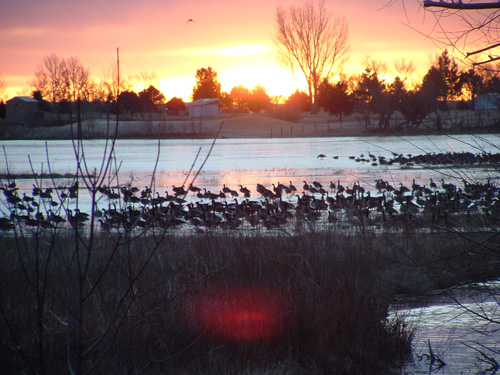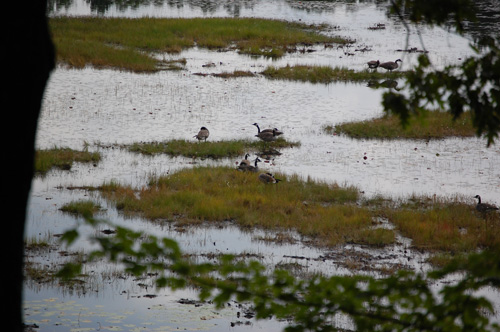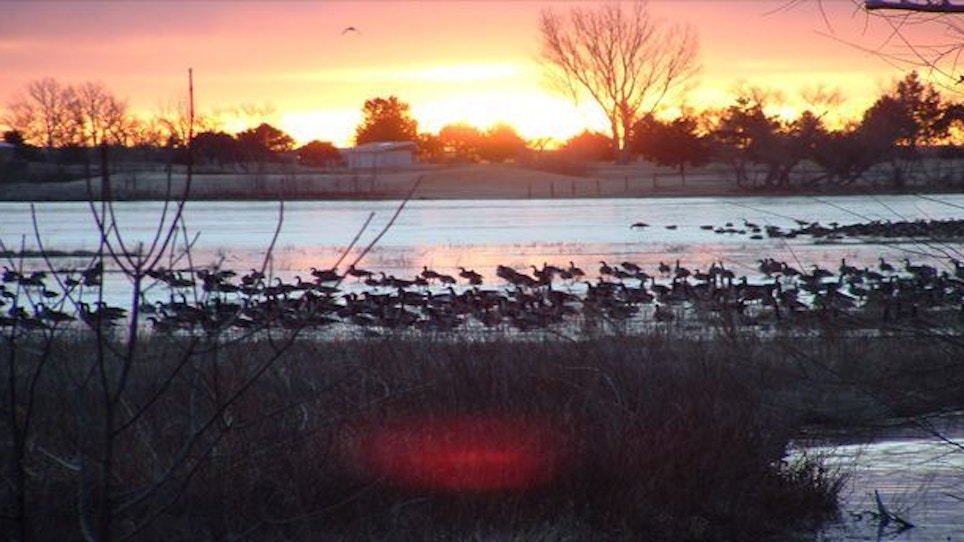
Keep A Journal
I know it seems kind of silly, but it really helps to take note of everything when you find birds if you plan to hunt them in the near future. Note where they are, how many, wind direction and temperature. Time of day is vital, as is knowing from which direction they came from. That last one can be tricky at times. If I have trouble patterning birds, I go old-school.
These days it seems like everyone has a smartphone. There are incredibly useful apps such as the Weather Channel and Cabela’s Recon Hunt. I also have a pretty handy duck I.D. guide from Delta Waterfowl.
Digital cameras and even game cameras make useful scouting tools as well. With today’s high-resolution cameras, you can snap away and then make keen observations while viewing the pictures later on your computer.
“Keeping a record of the patterns you see in the birds is vital to your success,” said John Vaca, pro-staff manager for Final Approach. “Not only will it help you this season, but it will really pay off in the seasons to come.”
Old-School
The first rays of daylight cracked over the tops of the tree around the small lake. Wisps of fog rose like fingers of mist, obscuring the view ever so slightly and barely hiding the birds as they fluttered wings and shook off the night’s dew. With a few honks and clucks, the birds erupted skyward almost imperfect unison.
I watched this unfold over a cup of coffee and checked my notes from the previous day’s efforts. As I watched the birds, I threw the truck in gear and tore northward in the direction they were flying. Sometimes, you have to just do things the old-school way.

Another old-school tip is having a plat book and knowing just whose door you might be knocking on to gain that all-important permission. I make it a point to get to know as many farmers as I can. If you’re friendly and respectful, you’ll be amazed at how much information you can get from a simple conversation. I’ve stopped several times to chat with a farmer and ask if they’ve seen any birds. More than once I’ve been given permission to hunt even before I asked.
Assumptions
Don’t assume that when you see a flock in a field, they will be in that exact spot the next day. The weather or pressure from other hunters are on a long list of reasons that might have them in a different pattern the next day. Another thing is the food supply. If geese, for example, have been hitting a field hard for a few days, you should look for other options close by and soon.
It has happened to me before, far too many times than I’d care to admit. Especially during early goose season here in Michigan, the geese generally want to be in fresh-cut alfalfa fields. So setting up in those is the ticket, but what happens when the geese don’t show? Quite often the culprit is a cornfield that gets cut early. Alfalfa is a great food source, but geese tend to abandon it rather quickly when corn is available.
“Don’t think the birds will always be in the same spot just because you saw them there once,” Vaca said. “Put in the time and notice all of the information you can notice so you can be where the birds are going to want to be. I love to hunt as much as anyone, but I want that time in the field to be enjoyable. Put in the time and effort to make it that way.”
The Details Are There
 “Let the birds tell you everything you need to know,” Vaca said. “If you pay attention to the details, when you find birds in a field or on a pond, no matter where you’re hunting, they’ll tell you how to hunt them. You can figure out where to set up. If they are chatty, it can tell you how much or how little to call. The numbers will give you a good indication how many decoys to use. The details are there, you just have to see them.”
“Let the birds tell you everything you need to know,” Vaca said. “If you pay attention to the details, when you find birds in a field or on a pond, no matter where you’re hunting, they’ll tell you how to hunt them. You can figure out where to set up. If they are chatty, it can tell you how much or how little to call. The numbers will give you a good indication how many decoys to use. The details are there, you just have to see them.”






